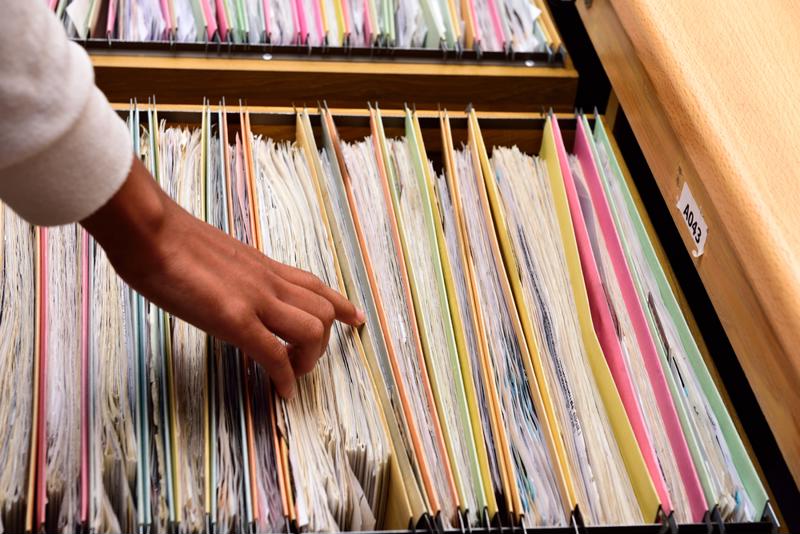Operations interruptions are unavoidable in the modern business world, and companies of all kinds need to be prepared for the worst when it comes to disruptions from natural or man-made disasters. Interruptions can take the form of something as simple as a power outage or as massive as a terrorist attack, but the one constant is that no organization is immune to the dangers. According to an infographic from Venture Beat, 73 percent of businesses have faced some type of operations issue in the past five years.
For a large company, disaster recovery and business continuity are simple issues to tackle. As a core part of their function, IT departments handle data backups, recovering information and keeping the business running in the event of an emergency. But small and medium-sized businesses may not have a dedicated team on staff, ready to respond to problems and downtime.
For many SMBs, this means operating without a concrete business continuity or disaster recovery plan, which can prove dangerous. According to the Small Business Association, 25 percent of small businesses do not reopen after a major disaster, largely because they were unprepared – so ignoring the problem is not a viable solution.
However, there is hope. Third-party vendors that deal with business continuity and disaster recovery exist and are within reach for even a frugal small business. But before enlisting help, a company needs to make sure it understands where its vulnerabilities lie.

Documents and data
Knowing which pieces of information are critical and which are less important to the day-to-day function of a business is the first step. Organizations need to ensure that they have continuity in processes and that the most mission-critical data is accessible even if the office is not, according to Data Center Knowledge. Implementing an enterprise content management system is a good first step, as it moves essential information to the cloud where it can be accessed by anyone with an Internet connection.
Computer backups are also a critical piece of disaster preparation, as well as good practice for more minor hiccups like temporary loss of a network. Lost data can mean lost revenue, so having a secure, off-site place where all important information is backed up and stored should be part of any plan.
People and places
The next piece of the puzzle is creating a system for communication between departments in the event of a disaster. Those who will make the decisions in the event of an emergency should have a clear plan that allows them to easily contact each department to issue instructions. Each of those departments should also have a communication plan to distribute information to employees, as well as enable them to interact with each other in the event that they cannot use the office, Data Center Knowledge noted.
It also helps to have a backup plan in mind in case the office is inaccessible to some or all of a company's employees. If possible, create a setup that allows employees to work from home, or even establish a backup office location with redundant systems ready in case the main office is unavailable.
